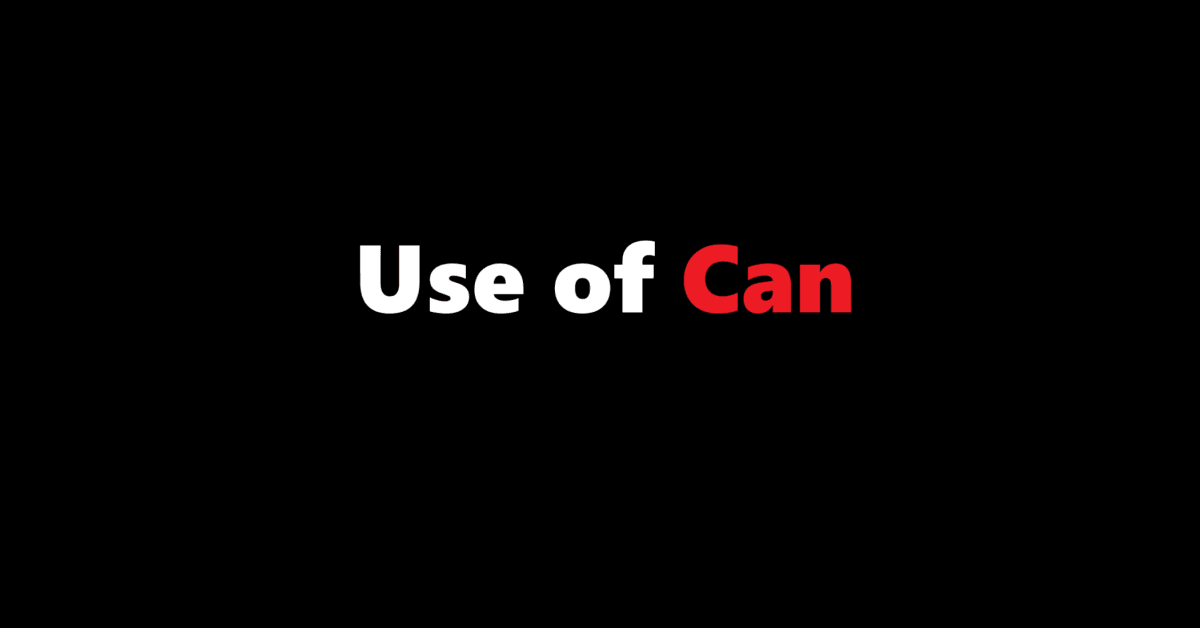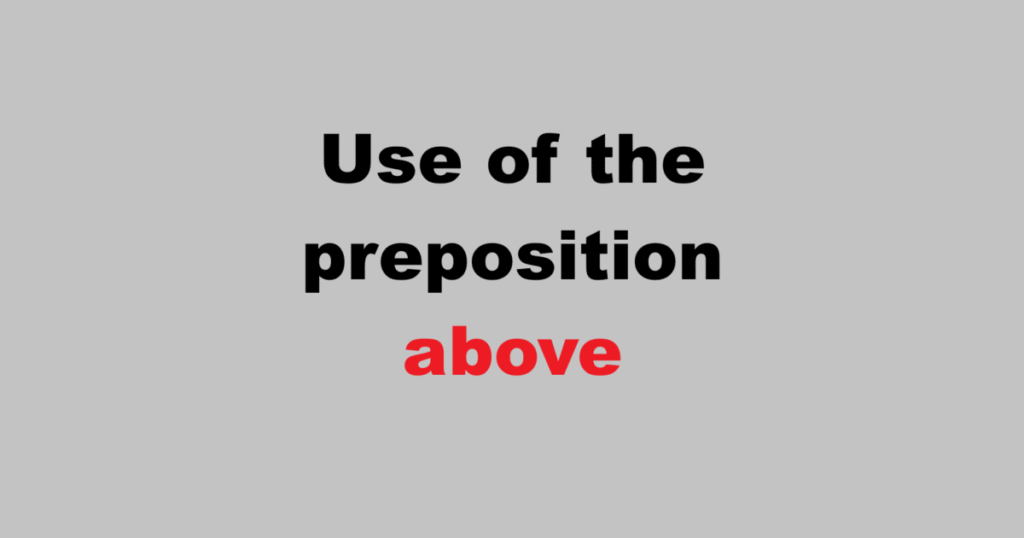The Versatility of “Can”: Understanding Its Usage with Examples
The English language is rich with nuances, providing numerous tools for expression. Among these tools is the modal verb “can,” a versatile word that plays a fundamental role in conveying ability, permission, possibility, and requests. For instance, “Can I borrow your pen?” demonstrates how “can” is used to make a request. This blog post aims to explore the various uses of “can,” illustrating each with examples to shed light on its multifaceted nature.
1. Expressing Ability
One of the primary uses of “can” is to express ability or capability. For example, you might say, “She can play the piano beautifully,” to highlight someone’s skill. This use of “can” highlights a person’s skills or talents, indicating what they are able to do.
Examples:
- I can speak three languages fluently.
In this sentence, “can” signifies the speaker’s ability to communicate effectively in multiple languages.
- She can solve complex mathematical problems.
Here, “can” underscores the subject’s capability in handling difficult math tasks.
In both examples, “can” serves to affirm what individuals are competent in, illustrating a strong aspect of personal identity and skill set.
2. Granting Permission
“Can” is also commonly used to grant permission. In this context, it indicates that someone is allowed to take a certain action. It is essential to note that this usage might be more informal or colloquial, especially in comparison to “may,” which is often perceived as more polite or formal.
Examples:
- You can go out to play after finishing your homework.
This sentence conveys permission for the action of going outside, contingent upon the completion of an obligation.
- Can I borrow your book for a week?
In this case, the speaker is seeking permission to use someone else’s book, again embodying a request for allowance.
While “can” effectively communicates permission, it might be perceived as less formal due to its casual and direct tone. For instance, in a professional setting, asking “Can I attend the meeting?” may come off as less polished compared to “May I attend the meeting?” or “Might I attend the meeting?”, which convey a sense of respect and politeness. In formal circumstances, opting for “may” or “might” can thus enhance the appropriateness and politeness of the communication.
3. Indicating Possibility
Beyond ability and permission, “can” can also indicate the possibility of something occurring. This use encompasses a broader scope, often reflecting on circumstances or conditions that allow a certain event to happen.
Examples:
- It can rain tomorrow, so we should take our umbrellas.
Here, “can” suggests that rain is a possibility based on the conditions forecasted.
- We can see the stars clearly if the sky is clear tonight.
This sentence illustrates that the visibility of stars is conditional upon the weather, with “can” highlighting that potential outcome.
Such usage is especially common in hypothetical scenarios, making “can” a powerful tool in conjectural discussions.
4. Making Requests
“Can” is frequently employed to make requests, serving as a polite way to ask someone to do something. This is particularly common in informal settings.
Examples:
- Can you help me with this project?
In this example, the speaker is requesting assistance in a collaborative endeavor.
- Can you please pass the salt?
This is a straightforward request framed politely, showcasing how “can” softens the command.
While “can” is acceptable for polite requests, it can sometimes be perceived as too direct. Striking a balance between politeness and directness is essential, and for more formal requests, alternatives like “Could you” or “Would you mind” might be appropriate.
5. Informal Use in Suggestions
“Can” can also be used in informal contexts when making suggestions or offering ideas. This usage implies openness to options and encourages dialogue.
Examples:
- You can try that new restaurant downtown; I’ve heard good things!
The speaker is suggesting an option for dining, framed casually with “can.”
- You can also consider studying in groups if you find it beneficial.
Here, “can” indicates an alternative that may enhance the learning process, fostering an environment of collaboration.
This more conversational use highlights the friendly aspect of language, where “can” fosters interaction and exchange of ideas.
6. Conditional Statements
“Can” can also function within conditional statements to illustrate actions or outcomes that depend on certain conditions being met.
Examples:
- If you practice hard, you can improve your skills significantly.
This sentence implies that improvement is contingent upon practicing regularly.
- If we leave now, we can catch the early train.
In this instance, catching the train is conditional upon the decision to leave immediately.
Such formulations are essential in discussions involving cause and effect, illustrating the interconnectedness of actions and potential outcomes.
Conclusion
The modal verb “can” is an integral part of the English language, encapsulating a wide range of meanings and functions. Its versatility allows speakers to express ability, permission, possibility, requests, and suggestions. Mastery of the various uses of “can” not only enhances communication skills but also promotes clarity and adaptability, offering practical benefits in real-world communication scenarios, whether in personal interactions or professional exchanges.
As with many elements of speech, awareness of context, tone, and formality is crucial when selecting the appropriate use of “can.” By mastering this versatile word, we can enrich our interactions and convey our intentions more effectively. Whether engaging in casual conversation or formal discourse, the applications of “can” remain invaluable in our linguistic toolkit.

